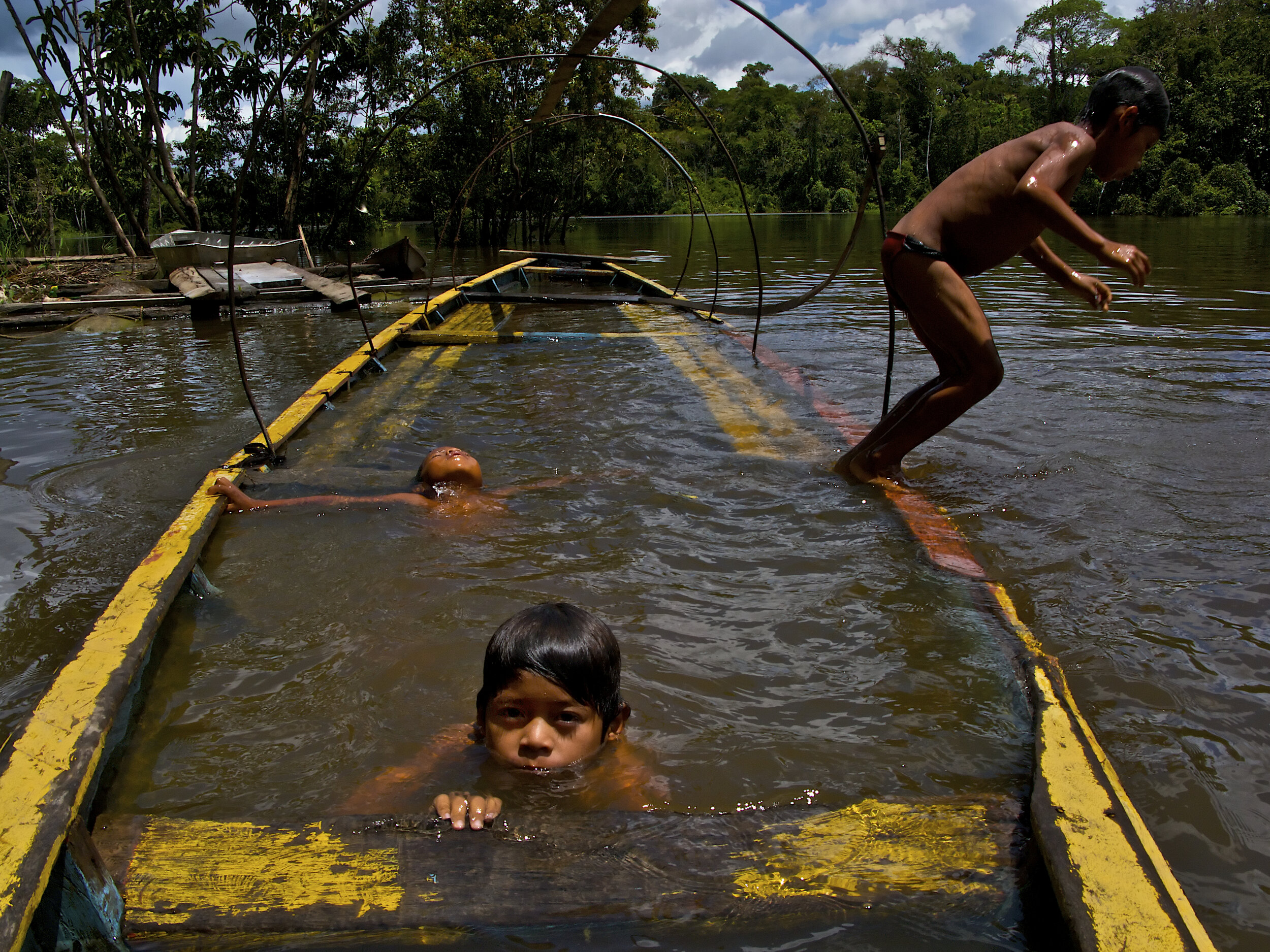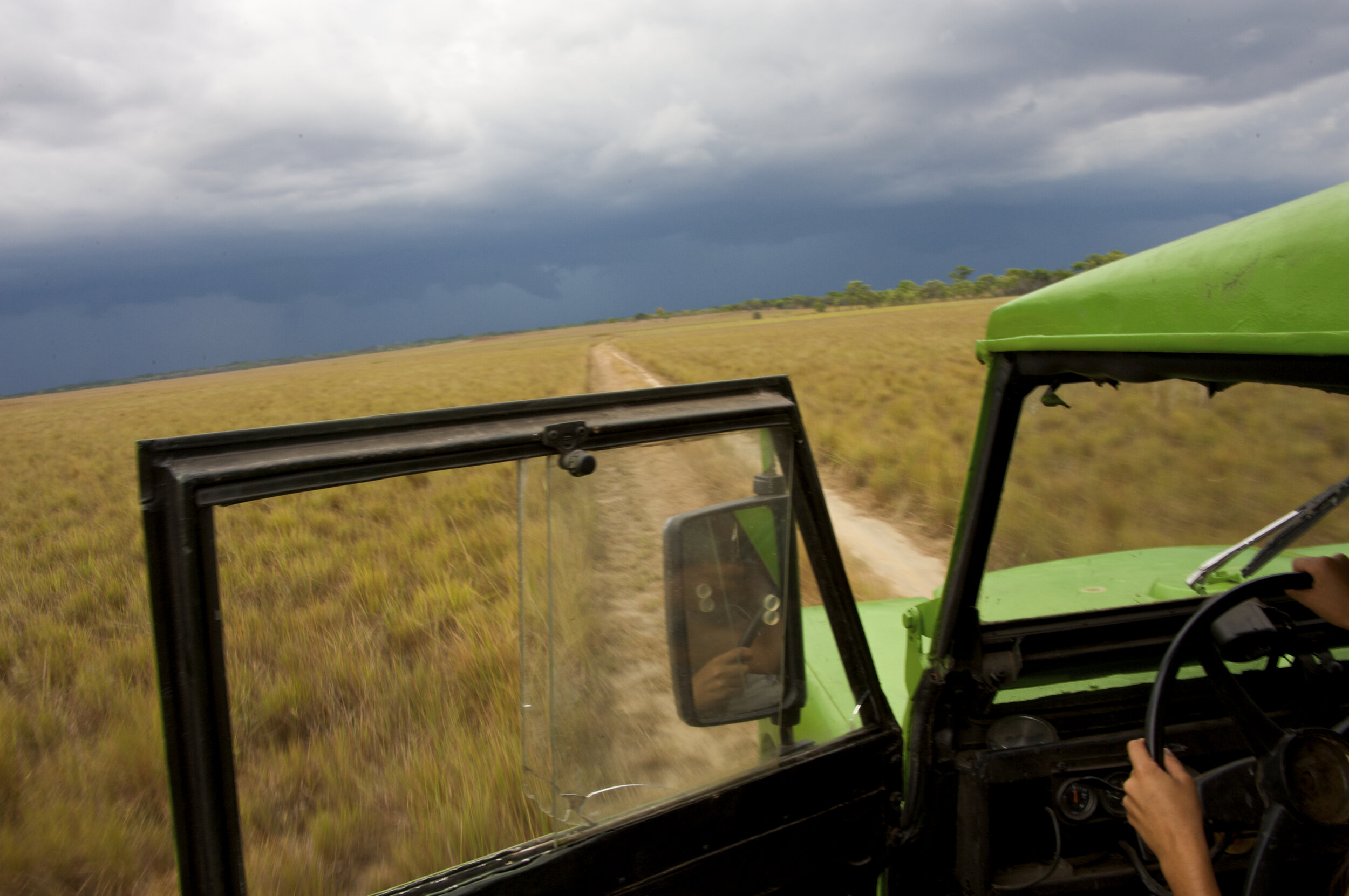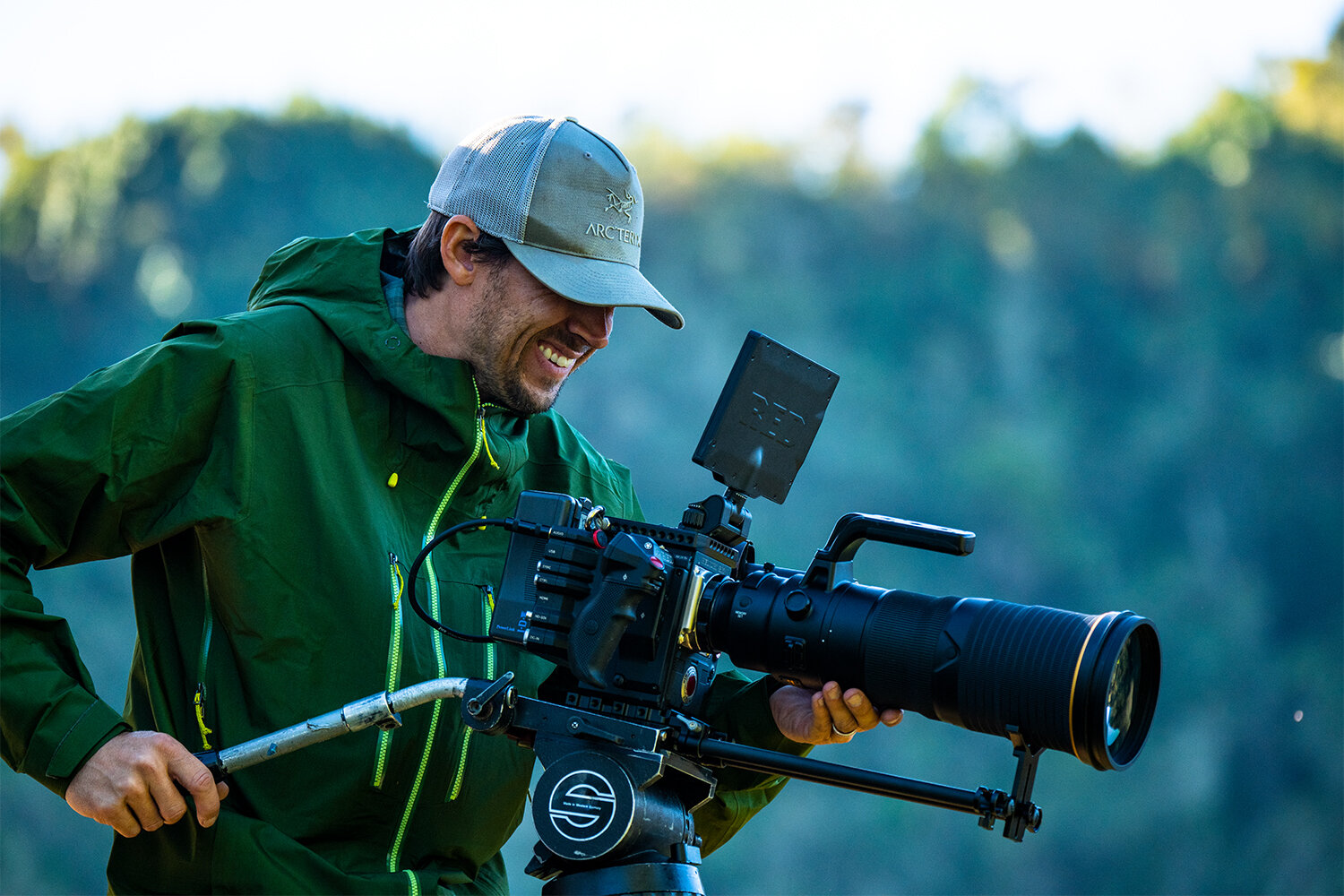A Destination Guide to Filming in Colombia: Islands of Colombia
The Best Islands for Filming in Colombia
Colombia is the only country in South America with both Atlantic and Pacific coastlines. There are many Colombian islands which are ideal for filming, from the larger San Andrés to the wild Pacific islands of Gorgona and Malpelo. Here are the top six Colombian island locations for filming.
Top six island film locations in Colombia
Read All of Our Colombian Destination Guides
Our Destination Guides to filming in Colombia will open your eyes to the most beautiful and unique destinations in this country, as well as offering tips and pointers to producing your next project.
Introduction – A Destination Guide to Filming in Colombia
Chapter 1 – Los Llanos (Colombia’s Grasslands) Filming Guide
Chapter 2 – The Amazon Filming Guide
Chapter 3 – The Pacific Coast Filming Guide
Chapter 4 – The Coffee Triangle
Chapter 5 – Bogotá
Chapter 6 – Islands of Colombia
1) Gorgona Island
Gorgona Island / Isla Gorgona
This jungle-covered island lies 30 miles off the Pacific coast of Cauca department. Gorgona has a history worthy of a film. During an expedition in preparation for his eventual conquest of Peru, Francisco Pizarro was shipwrecked here with 13 of his men for almost seven months. He called the island an “inferno” and christened it Gorgona after losing many of his men to snakebites (the name comes from the Gorgons of Greek myth, who were deadly women with snakes for hair). It eventually became a penal colony housing Colombia’s worst criminals before being designated as a National Park in 1984. The crumbling ruins of the prison, now being taken over by the wild jungle, can still be visited near the island’s accommodation. These eerie ruins are an ideal filming location.
Getting to Gorgona Island is simple from mainland Colombia. The easiest option is to take a flight to Guapi from Cali (which has plenty of connections to Bogota and other major cities). This flight departs daily with Satena Airline and takes roughly 55 minutes. From Guapi you can take a fast boat to the island. This trip takes about two hours, but that can depend on conditions.
Filming on Gorgona is a dream for any wildlife filmmakers. Although the island itself is just 26 square kilometres, it is extraordinarily biodiverse. Between June and October, humpback whales visit the warm waters surrounding Gorgona to give birth and you can film them from the beach during these months. There is a curious colony of capuchin monkeys which regularly visits the hotel area. The island is also the only place on earth where the surreal and endemic Blue Anole lizard can be seen and filmed. Gorgona is also one of Colombia’s best diving destinations. Underwater videographers can record images of sea turtles, sharks, humpback whales and even whale sharks.
The climate on Gorgona is relatively typical of the Pacific coast region in general. The average temperature is a not-uncomfortable 27 degrees celsius, but with 98% humidity and an annual rainfall of around 7000mm, Gorgona’s climate can be difficult for filming. The driest months are February and March, and most rain falls between September and October.
As a National Park, there are restrictions to filming on Gorgona Island. However, WhereNext has filmed several projects in Colombian National Parks and has the contacts and experiences necessary to secure a permit.
2) Malpelo Island
Malpelo is Colombia’s lesser-known Pacific island and is also a National Park. It is far more isolated and hard to reach than Gorgona though and is located over 300 miles off the Pacific coast. With a total land area of only 1.2 square kilometres, Malpelo is unpopulated except for a small military base and some visiting scientific researchers.
Although Malpelo might seem to be a barren wasteland at first glance, it is remarkably biodiverse and has been a UNESCO World Heritage Site since 2006.
The only way to access Malpelo is on a liveaboard dive boat. These boats usually depart from the Pacific port city of Buenaventura, and the trip can take 30-40 hours across some extremely rough seas.
However, for all the difficulty in reaching Malpelo, the rewards are remarkable. This island is one of the best places on earth for diving with sharks. If you are looking to film sharks in Colombia, then this is absolutely the best place to visit. There are often schools of up to 300 hammerhead sharks, and there are also vast congregations of silky sharks. Malpelo is also one of the few places on earth where the smalltooth sand tiger shark has been seen alive. For underwater film productions, Malpelo is a unique and unmissable Colombian island destination. However, diving conditions there are tough, and it is not permitted to dive in the waters around the island unless you are an advanced diver with at least 50 dives in your logbook.
The tropical climate of Malpelo means that diving in possible year-round. January to May is generally considered the dry season. This is the best time to view hammerhead sharks (although visibility can be lower due to high concentrations of plankton.) The second half of the year has better visibility and is the best time to film silky sharks and whale sharks.
3) San Andrés and Providencia
San Andrés and Providencia Islands / Isla de San Andrés y Isla de Provedencia
The Archipelago of San Andrés, Providencia and Santa Catalina consists of two island groups located almost 500 miles northwest of the Colombian mainland. The largest of the islands is San Andres, and its eponymous capital is the largest city in the archipelago, with a population of just under 60,000 people. Providencia and its neighbouring island of Santa Catalina are located to the northeast of San Andres. The population of the Providencia is significantly smaller than San Andrés’, with just over 5,000 people living there according to the last Colombian census. There is also a vast difference in the number of visitors to each island. While San Andrés sees almost one million visitors per year, Providencia regularly reports fewer than 20,000 annually.
Getting to the islands from mainland Colombia is relatively straightforward. San Andrés’ Gustavo Rojas Pinilla International Airport has regular flights from Bogota, Cali, Cartagena, Medellin, Pereira, Santa Marta, and Barranquilla, and international flights from Guatemala City, San Jose, and Panama City. You must pass through San Andrés to reach Providencia, and there are daily flights to the smaller island with Satena and Searca Airlines. Alternatively, there is a two-and-a-half-hour daily catamaran journey between the two islands, but this route is notorious for rough seas, and we do not recommend it. Getting around the islands is also easy: the most popular mode of transport is golf carts, but it is also possible to hire private cars and drivers. Both islands have a ring-road following the length of the coastline, and smaller roads cutting inland (these are harder to access by golf cart).
Las Islas Video Production Case Study
San Andres and Providencia offer a range of different filming locations. The islands are most famous for their beaches and clear blue waters (in fact, the ocean around San Andres is known as “The Sea of Seven Colors” due to the various shades of blue found there). Providencia, as the much less visited of the two islands, is the ideal location for filming peaceful Caribbean beaches. The undersea life of the islands is also impressive: the Seaflower Biosphere Reserve protects the delicate marine ecosystems of the islands and was named a UNESCO World Heritage Site in 2000. Here you can film sea turtles, reef sharks, and a wide variety of tropical fish and well-preserved coral reefs.
Other important filming locations on the islands include the First Baptist Church on San Andres (an important cultural site for the Raizal people, a Protestant Afro-Caribbean ethnic group who make up over 60% of the island’s inhabitants), Old Point Mangroves National Park, the San Andres Botanical Gardens, the lovely little Cayo Cangrejo Island off the coast of Providencia, and ‘The Peak’, the highest point on Providencia which offers stunning panoramic views over the island (this 800m hill is a strenuous climb, but the filming from the top is unparalleled anywhere else on the island).
4) San Bernardo Archipelago
The Archipelago of San Bernardo consists of a total of ten islands, including nine coastal coral islands and one artificial island. The islands are located off the coast of the department of Bolivar. That region administers all of them except for Boqueron Island.
The majority of the archipelago’s islands are small and sparsely populated, offering little in the way of lodging facilities. The best island for filming is Mucura Island, as it provides several accommodation options, as well as restaurants and a good quality dock. Mucura offers white sand beaches, and crystal-clear Caribbean waters. The waters surrounding the island are home to coral reefs, dolphins, sea turtles and many species of tropical fish. It is also adjacent to Tintipan Island, where there is an extensive network of mangrove swamps and the presence of glowing plankton on clear nights. Nearby Santa Cruz del Islote is an artificial island and also holds the distinction of being the world’s most densely populated island, with roughly 1250 people living in an area of just under one hectare. Santa Cruz del Islote has featured in several international productions and is an exciting place to film due to the unconventional and unique lives of its residents on such a small island.
Getting to the archipelago is easy by boat from Cartagena, and WhereNext has reliable and professional contacts with boat captains in the region. The journey to Mucura Island, the furthest afield of the ten islands that make up the archipelago is around two-and-a-half hours by speedboat.
5) Rosario Islands
Rosario Islands / Islas Del Rorario
The Rosario Islands are a small archipelago made up of twenty-eight islands. They are part of the Rosario and San Bernardo Corals National Natural Park, which was set up to protect the delicate coral reef ecosystems of the waters surrounding the islands. Due to its proximity to Cartagena, this park is also Colombia’s most visited national park, with well over half-a-million visitors annually. Most of the islands are low-lying cays and are barely populated. However, the appropriately named Isla Grande has an area of over 200 hectares and is the best option for overnight accommodation in the archipelago.
The Rosario Islands are characterized by sandy beaches fringed with palm trees, clear blue waters, and diverse marine ecosystems. It is worth noting that during the Colombia high-season for travel (December, January, Easter Week, and the June-July school holidays), the islands can become extremely busy.
6) Isla Fuerte
Isla Fuerte is a small coral island located 11km off the coast of Cordoba department in the Colombian Caribbean. Although the island officially forms the western-most part of the Rosario Islands, it is far enough away from the other islands that it merits a mention of its own.
Getting to the island is easy enough: the best way is to fly to Monteria and then drive for two hours to the small port town of Paso Nuevo. From there it is easy to hire a boat for the short crossing to Isla Fuerte. Monteria’s Los Garzones Airport has connections with Bogota, Medellin, Cartagena, and Barranquilla.
Fuerte Island / Isla Fuerte
Although Isla Fuerte is tiny, with a total area of just 3.25 square kilometres, there is a lot to see and do there. Pristine coral reefs surround the island, and experts consider it one of the best diving sites in the Colombian Caribbean. Also, compared to many of the other Rosario Islands, Isla Fuerte is extraordinarily lush and is famous for its giant trees, including the ‘Walking Tree’ and ‘La Bonga’ tree. The surfing season runs from November until April, and the island has a reputation as one of Colombia’s best off-the-beaten-track surfing spots. Visually, Isla Fuerte is gorgeous, with many of the typical white-sand and blue sea beaches for which the Colombian Caribbean is famous.

















Check out our Colombia Production Company’s Guide to Colombia's spectacular National Parks. If you are considering filming a natural history production, here is what you need to know about Colombia’s spectacular wild destinations.